Alfredo asked us to offer ideas for how to fast during Lent:
What to eat during fasting (other than cranberries & coconut oil) is on my mind. Looking for some variation in the fasting menu.
It’s a great question. We did have a post on one possible fasting food – Neo-Agutak: “Eskimo Ice Cream” – but never discussed alternatives or the reasons for eating particular foods during a fast.
Fasts don’t have to be food-free
Some people think a fast should involve no food at all. On the Neo-Agutak post, Don Matesz commented:
I would not say that I was fasting if I consumed more than 625 calories during any period of that “fast.”
But that’s not the position of the Catholic Church. During Lent, Ash Wednesday and Good Friday are fast days. The US bishops allow one full meal and up to two snacks:
The law of fasting requires a Catholic from the 18th Birthday (Canon 97) to the 59th Birthday (i.e. the beginning of the 60th year, a year which will be completed on the 60th birthday) to reduce the amount of food eaten from normal. The Church defines this as one meal a day, and two smaller meals which if added together would not exceed the main meal in quantity. Such fasting is obligatory on Ash Wednesday and Good Friday. The fast is broken by eating between meals and by drinks which could be considered food (milk shakes, but not milk).
Children, the elderly, and those whose health might be threatened are exempt from the requirement to fast.
So let’s consider a fast to be any period of reduced calorie consumption – not zero food.
Basic fasting: Electrolyte and fluid replacement
It is certainly a mistake to consume nothing at all during a fast.
People deprived of fluids and electrolytes die quickly. In a famous case cited in Wikipedia (“Starvation”), Drusus Caesar, son of Agrippina the Elder, was starved to death in 33 AD by the emperor Tiberius, and managed to stay alive for nine days only by chewing the stuffing of his bed. When Saint Maximilian Kolbe and nine others were starved in Auschwitz, seven of the ten died within two weeks.
When fluids are provided, however, survival can be much longer. Even in his 60s, Gandhi was able to go without food for 21 days. In the Irish hunger strikes of 1980-1981, no one who fasted less than 46 days died, and about half those who fasted between 46 and 73 days died.
So fluids and electrolytes extend the duration of a fast by about a factor of four. Since we want our fasts to be safe and health-improving, we should certainly take:
- Water.
- Sodium and chlorine. During a fast protein is converted to glucose and ketones, releasing nitrogen waste in the form of urea. Sodium and chloride are excreted along with the urea. Salt loss can be fairly rapid during a fast, equivalent to as much as a teaspoon of salt a day. A large amount of water is lost along with it.
- Potassium. Potassium is the intracellular electrolyte, sodium the extracellular, and osmotic pressure must be balanced. So potassium will be lost along with water and sodium, and should be replenished with it.
- Calcium and magnesium. These also serve electrolytic functions and it is desirable to maintain their concentrations.
- Acids. These are beneficial for the digestive tract and metabolism, and also for solubilization of minerals. Citrate, for instance, helps prevent kidney and gallstones.
Vegetables are the best source of potassium; bone broth is a source of calcium and magnesium. The best acids are citrus juices, such as lemon juice, and vinegars, such as rice vinegar. Sea salt, or salty flavorings such as soy sauce or fish sauce, can provide sodium chloride. So the most basic food to take during a fast is a soup made of vegetables in bone broth, with salt and an acid added.
Here are some pictures. First, make up a bone broth by cooking bones in acidified water:
It’s best to use a ceramic or enameled pot to prevent leaching of metals from the pot.
When you’re ready to eat, put some scallions or celery and cilantro or basil in a bowl, and add hot broth:
Add salt, pepper, acid, and spices to taste.
Spinach and tomatoes are great vegetables for these broths, because they are rich in potassium. Here is a tomato soup:
Here’s a slightly fancier example. I think this had tomatoes, onions, peppers, carrots, and kohlrabi:
Served with parsley and scallions, rice vinegar, and sea salt:
Adding some food
So far we haven’t provided any calories to speak of. The next step in reducing the stress of the fast is to add some nutrition to the soup.
The stress of a fast is largely due to the absence of dietary carb and protein. The body has limited carb storage – glycogen is depleted early in a fast – and is loath to cannibalize lean tissue for protein. On the other hand, the body has abundant fat reserves. So
Two strategies may make sense in different circumstances:
- A protein-sparing modified fast. Protein, which is convertible to glucose, is eaten to relieve the carb+protein deficit.
- A ketogenic fast. Short-chain and medium-chain fatty acids, such as are found in coconut oil, are eaten to generate ketones. Ketones can partially substitute for glucose utilization.
What these have in common is that they reduce the carb+protein.
Probably 90% of people who fast should favor the protein-sparing approach. Those on ketogenic diets for neurological disorders should probably favor the ketogenic fasting approach.
An example of a food suitable for a ketogenic fast would be Neo-Agutak: “Eskimo Ice Cream” (Dec 5, 2010).
A suitable food on a protein-sparing modified fast would supply most calories as protein; carb and fat calories would be from nutrient-dense sources. Egg yolks, which are rich in phospholipids like choline, and potatoes are good examples of nutrient-dense fat and carb sources.
The easy way to implement this healthy fast: just add eggs, potatoes, and maybe some fish or shellfish (which tend to be protein-rich, and comply with the Catholic guidelines for Friday abstinence) to any of the soups shown above. Heat the soup in the microwave and there you have it: a healthy fast-day meal!
Conclusion
Those on weight loss diets will notice that by adding protein, carbs, and a few nourishing fats to our fast-day soup, we’re getting very close to our recommended diet for calorie-restricted weight loss diets: see Perfect Health Diet: Weight Loss Version (Feb 1, 2011).
There’s a good reason for that: both posts work from the same design principles. Both aim at the greatest possible nourishment on the fewest calories.
Would you like to lose weight? Consider making these nourishing soups a staple of your diet.
Even if you’re not fasting or trying to lose weight, consider making these soups a regular part of your daily meals. It’s very easy to make a broth on the weekend and warm it up and pour it over diced vegetables at mealtime. You might find them a very satisfying addition to your diet.







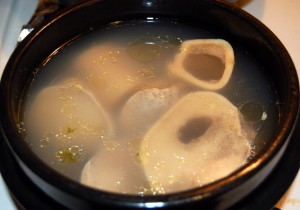
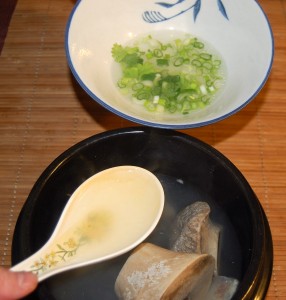
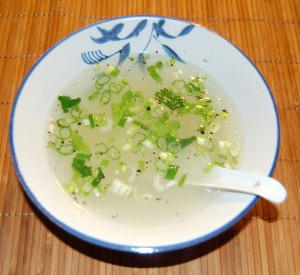
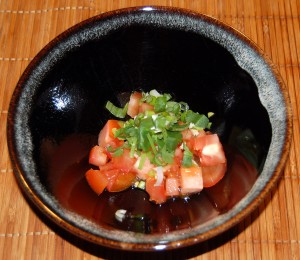
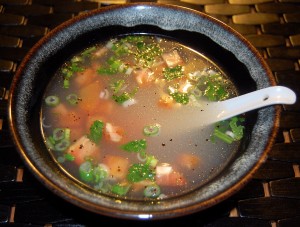
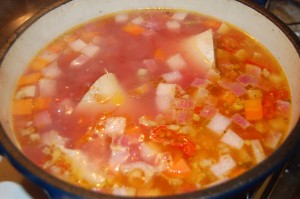
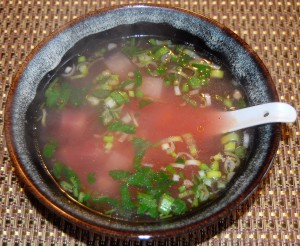
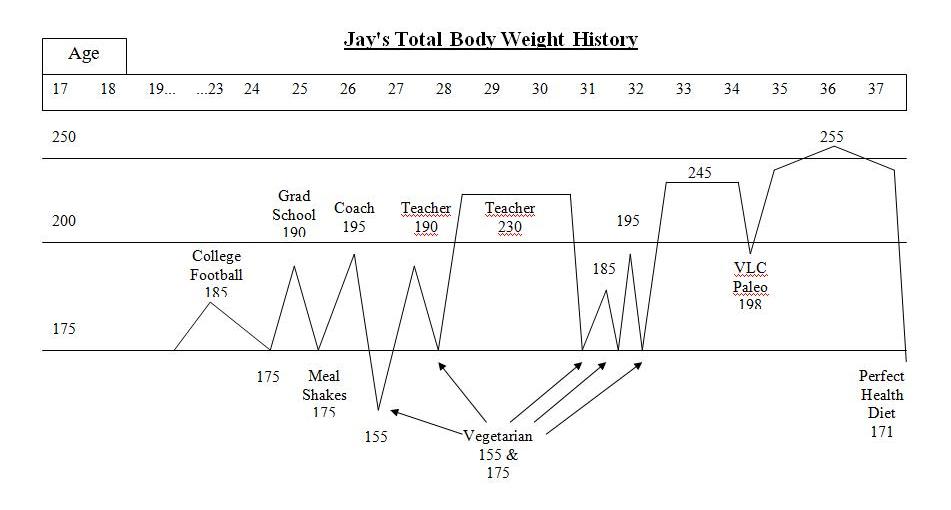

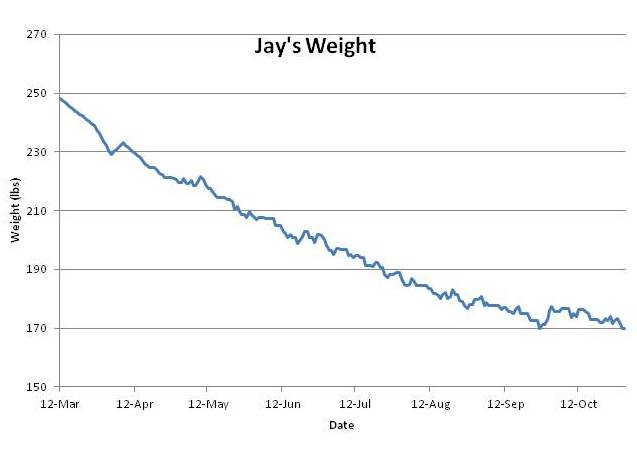

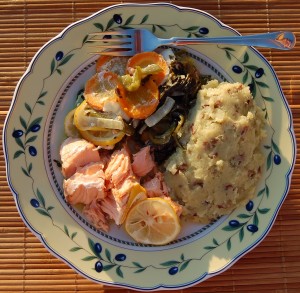




Recent Comments